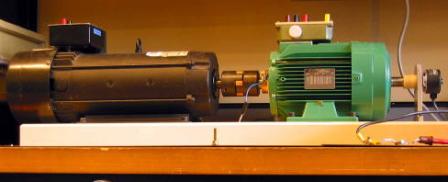Improvement of semiconductor converters in automated electric drive systems
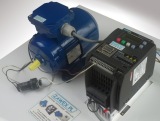 Power semiconductor devices and converters based on them are being developed in the following priority areas:
Power semiconductor devices and converters based on them are being developed in the following priority areas:
-
improving the characteristics of power semiconductor devices;
-
expanding the use of smart power modules;
-
optimization of the schemes and parameters of the converters, allowing to ensure the necessary technical characteristics and economic indicators of the electric drives;
-
improvement of algorithms for direct digital control of converters.
Currently, power converters are made on the basis of semiconductor power elements in the form of controllable rectifiers, autonomous voltage and current inverters, network inverters, etc.frequency converters with a direct connection to the network.
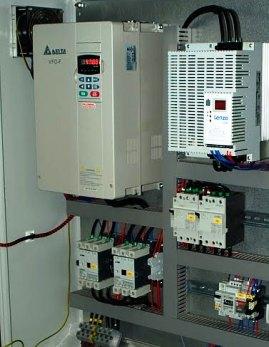
The types of used converters and compensating filter devices are determined by the type of electric motor, the control tasks, the power, the required coordinate control range, the need to restore energy to the network, the influence of the converters on the power network.
Converter circuit solutions remain traditional in DC and AC drives. Taking into account the growing requirements for the energy characteristics of electric drives and the need to reduce their negative impact on the power grid, converters are being developed that provide economical ways to control technological equipment.
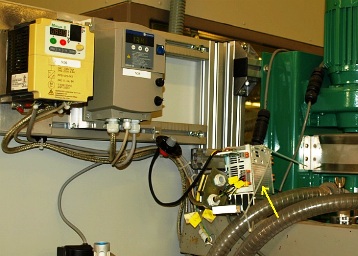
Changes in the power circuits of semiconductor converters are mainly associated with the appearance and widespread use of new devices — powerful field effect transistors (MOSFET), IGBT (IGBT), lock-in thyristors (GTOs).
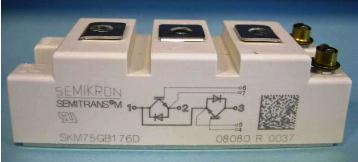
Currently, the following directions of development of static converters can be distinguished:
-
expanding the range of fully controlled semiconductor devices (transistors — up to 2 MW, thyristors — up to 10 MW);
-
Distribution pulse width modulation (PWM) methods
-
application of block principles of construction of converters based on unified silo hybrid modules based on transistors and thyristors;
-
the ability to perform direct and alternating current converters and their combinations on one structural basis.
In DC electric drives, in addition to controlled rectifiers, systems with uncontrolled rectifiers and pulse-width converters are used to obtain high-speed operation. In this case, a filter compensation device can be rejected.
Used converters for controlling permanent magnet motors contain a controlled rectifier and a self-contained inverter controlled by signals from the rotor position sensor.
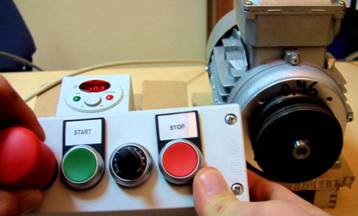
Frequency control systems for asynchronous motors mainly use voltage inverters. In this case, in the absence of energy recovery, an uncontrolled rectifier can be used in the network, resulting in the simplest converter circuit. The possibility of using fully controllable devices and PWM makes this scheme widely used in a wide power range.
Converters with current inverters, considered until recently as the simplest and most convenient to control electric motors, are currently of limited use compared to other types of converters.
Frequency converters containing an uncontrolled rectifier and a grid-driven inverter and forming the basis of an induction valve cascade are used in high-power drives with a limited speed control range.
Powerful frequency converters with direct connection to the mains in double-feed machines and in the control of low-speed asynchronous or synchronous motors have a certain perspective.
Modern semiconductor converters used in automated electric drive systems cover a power range from hundreds of watts to several tens of megawatts.
Also read on this topic: Frequency converter manufacturers

